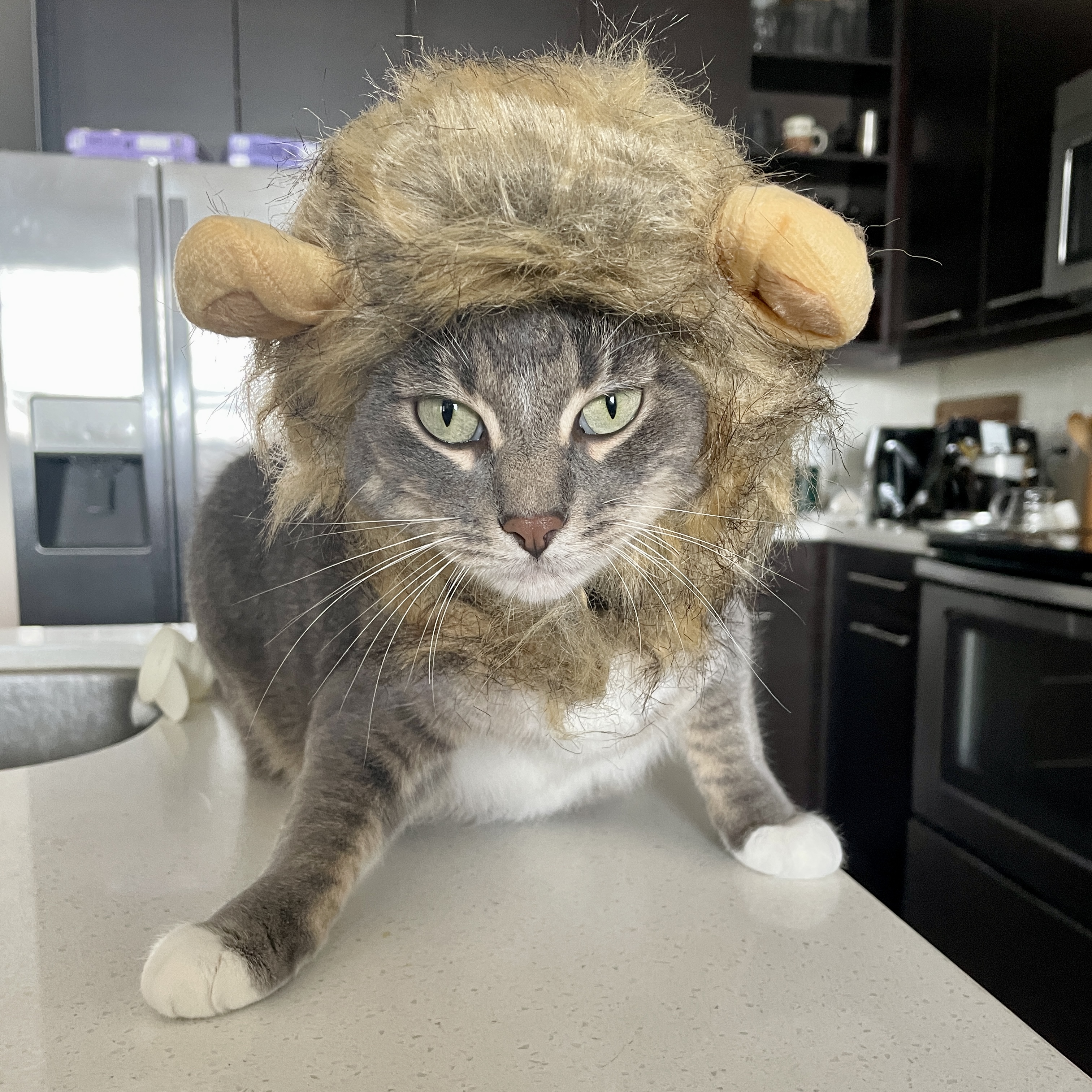📚 You Are Not a Visual Learner
Have you ever heard someone describe themselves as a "visual learner" or an "auditory learner"?
Or do you have your own learning style that you prefer to use for learning and studying?
Where did this idea of learning styles come from? And is it all just a bunch of 🐂💩?
Let's talk about these learning modalities and how it can help you as an acupuncture student...
VARK Learning Styles
At some point in your academic career, you may have heard about the different learning styles: visual, auditory, reading/writing, and kinesthetic (hands-on).
You may have even taken a little quiz to help you determine which type of learner you are.
Here's the thing: it's all made up.
Origins of VARK
It turns out that the whole theory of different learning styles comes from the observations of an education inspector from New Zealand named Neil Fleming. It's not actually based on any scientific studies.

And when people did start doing studies, they couldn't find any real benefit. Student performance on tests was about the same whether they matched up learning styles or not.
Simply put: there's no credible evidence that learning styles exist.
(If you want to look more into this, you can watch this video by Veritasium: The Biggest Myth in Education)
Learning Styles and TCM
So what does this mean for us as acupuncture students?
Well, here are a few of my own observations from my experiences in studying and teaching:
- It doesn't fucking matter.
- Use multiple learning modalities.
- Study the way you're tested.
It Doesn't Fucking Matter
The truth is, whether you describe yourself as a visual learner, auditory learner, or hands-on learner, it doesn't really matter; you need to be able to navigate all three domains.
When you're in the clinic, you need to be able to read the chart (visual), listen to your patient (auditory), and locate the points (kinesthetic). You can't just skip over one of them and say, "That's not my style..."
And guess what? You get better and things that you practice...
And when it comes to learning the material, it seems that the best way to commit something to longterm memory is to attach some kind of meaning to the information (this is called "semantic encoding," which we can talk about next week).
So the sensory orifice you use to absorb the information is not as important as the meaning and understanding you attach to it.
Use Multiple Learning Modalities
While there is no evidence that learning styles exist, there is a body of literature supporting the idea that everyone learns better with multimodal approaches.
So try to combine words, pictures, diagrams, sounds, and hands-on learning in your studies.
For example, when you study acupuncture: touch the point, look at the diagram, and read the definition aloud. That way you're engaging multiple senses at the same time.
Study the Way You're Tested
And the biggest piece of advice I could give students is: study the way you're tested.
If you have a test where you need to locate acupuncture points on a partner, practice by locating acupuncture points on a partner.
If you have a test where you need to look at an herb and write down its name in pinyin and latin, practice by looking at your herb samples and writing down the names in pinyin and latin.
If you're taking a written multiple choice test, make sure that your studying includes looking at the written words. Even if you think you're an auditory learner, you want to have a visual cue that can trigger the appropriate memory.
Putting It All Together
So this is why videos are so great. Videos combine words, diagrams, and audio to help you understand and remember.
If you want an example, be sure to check out the latest video on the Lung Channel.
And if you want to kick it up a notch, check out the read-along e-book (available to Patreon members). This is basically a transcript of the video, so you can listen to the audio and read the e-book at the same time and engage multiple senses.

